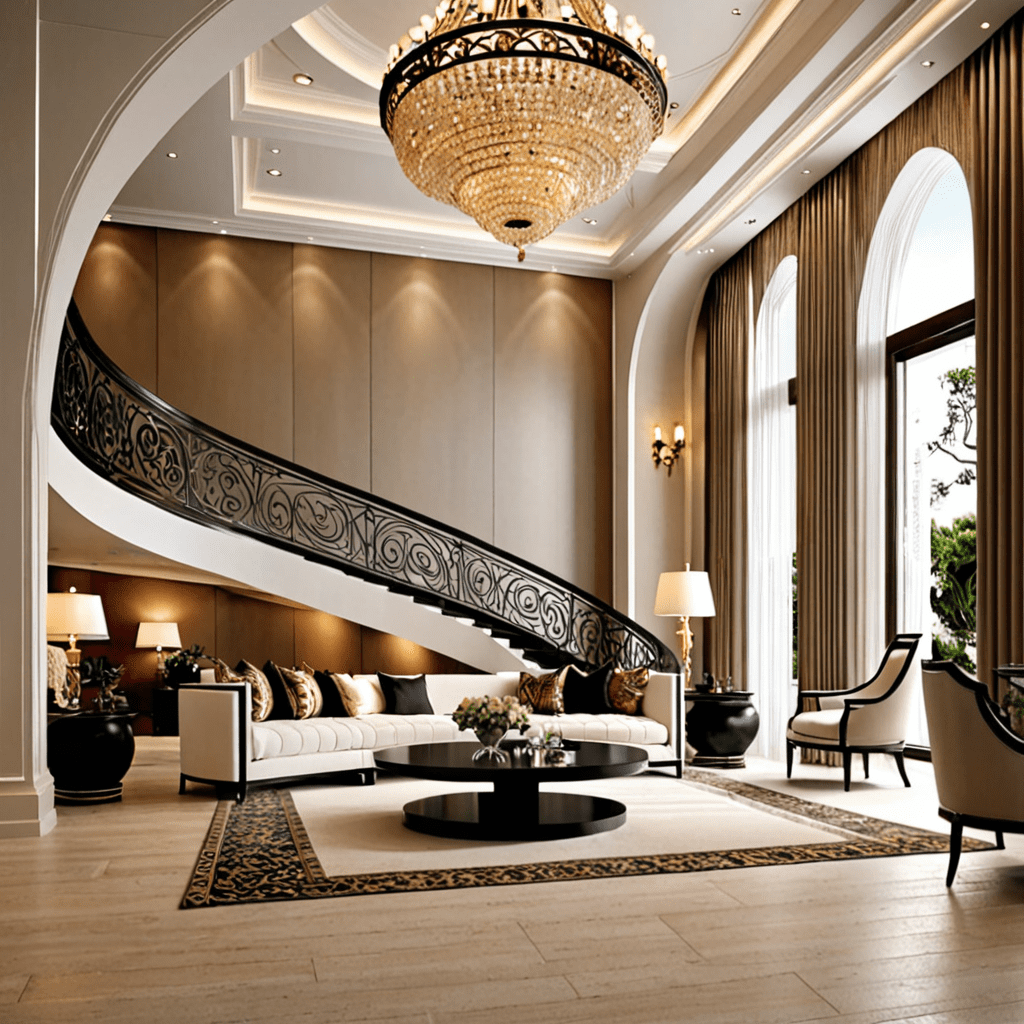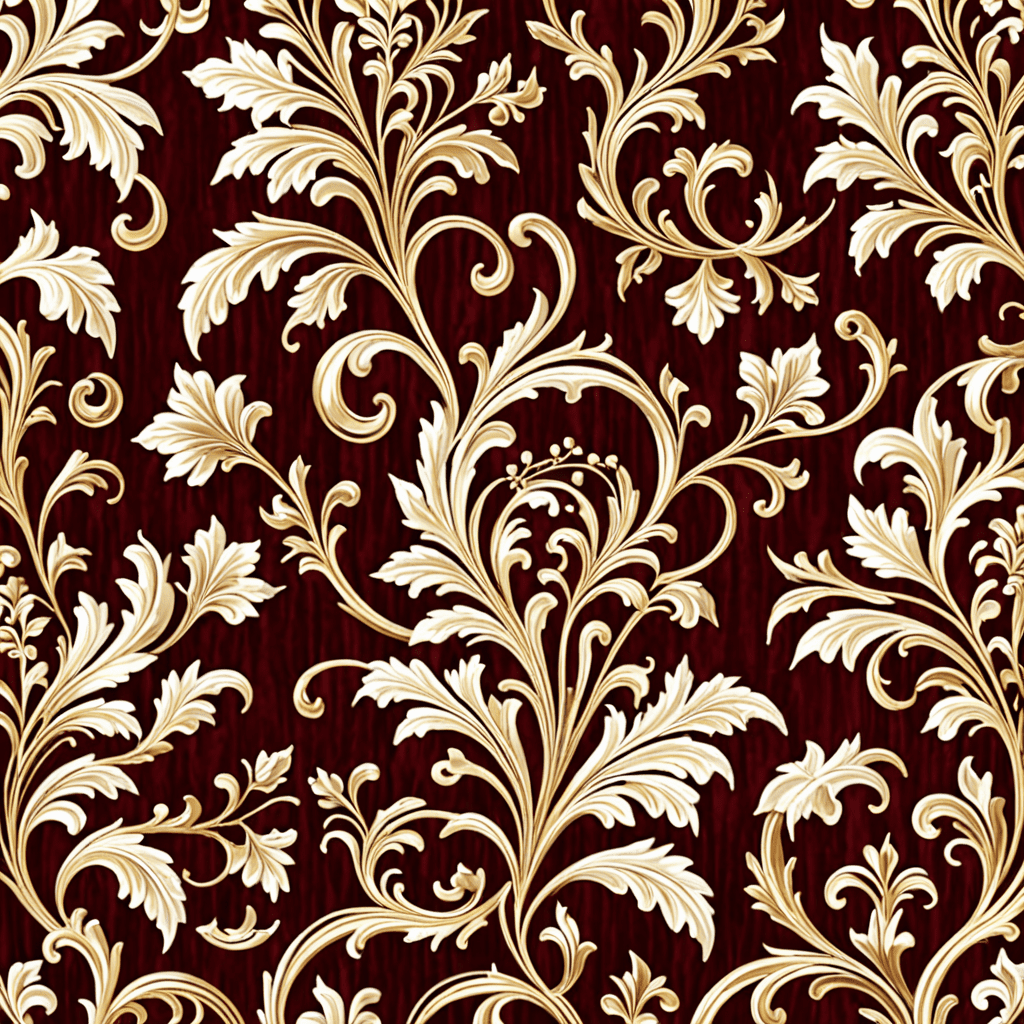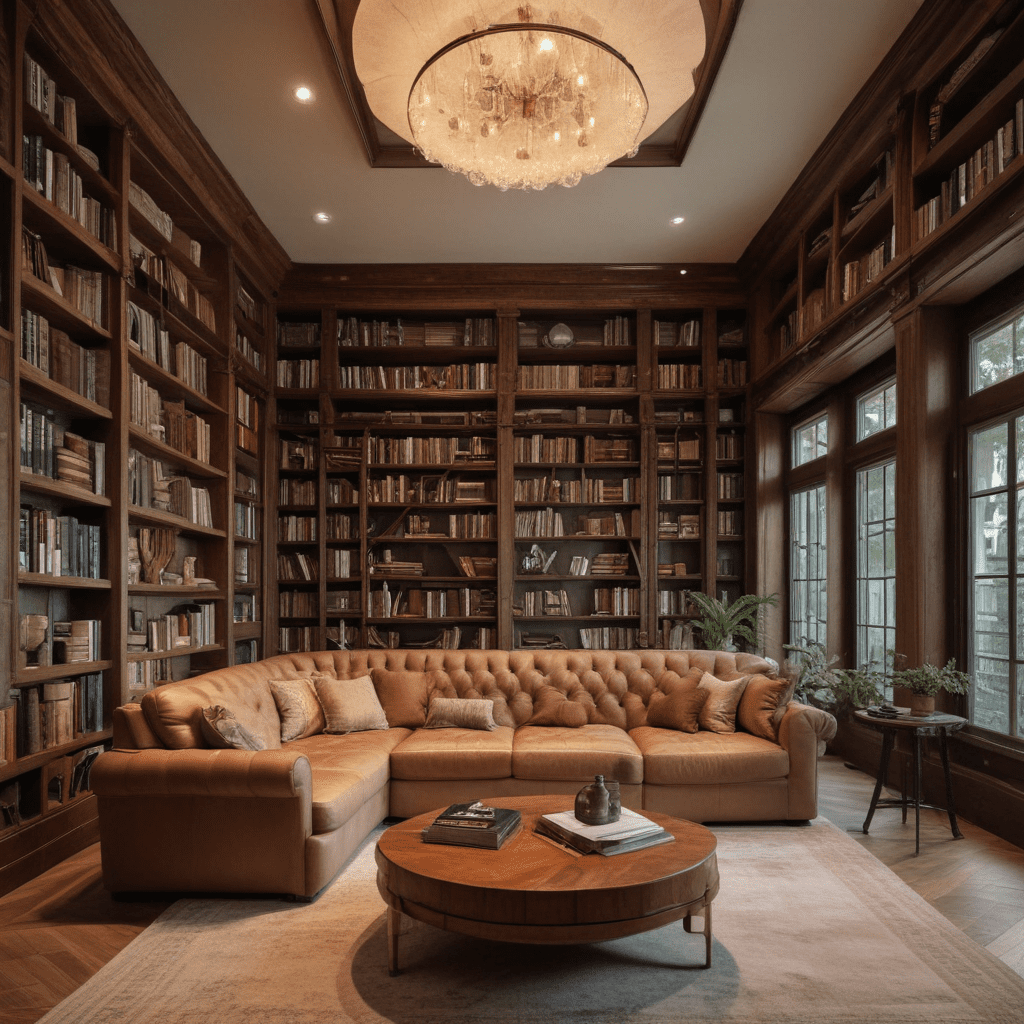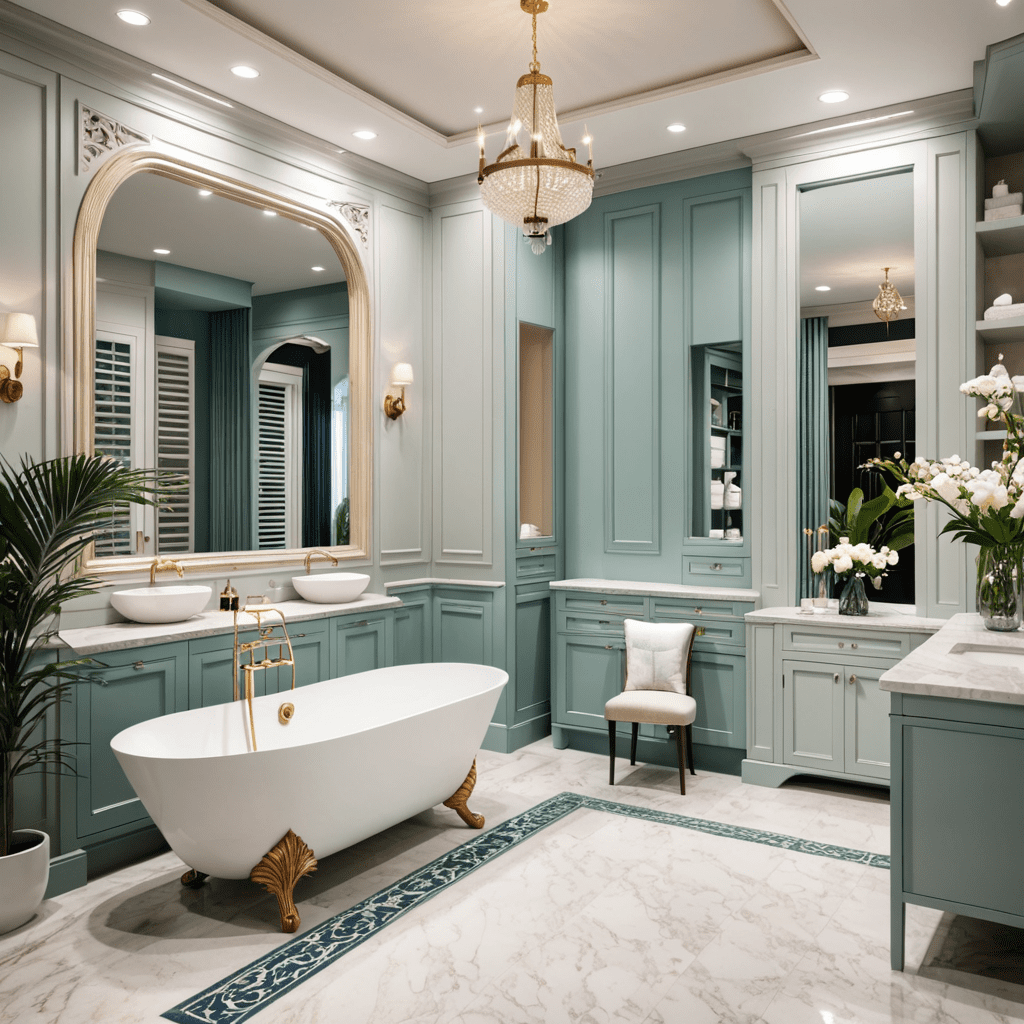Incorporating Dynamic Diagonal Lines into Your Interior Design Palette
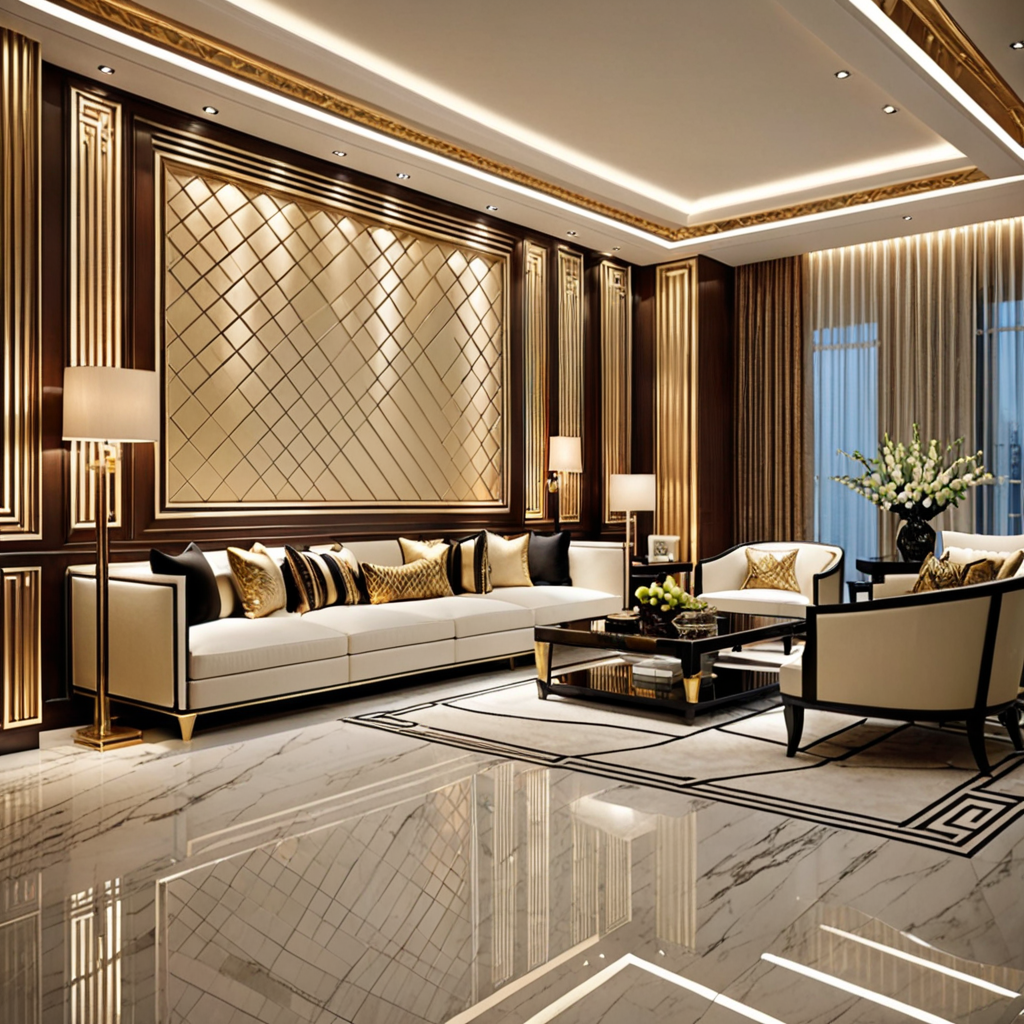

Incorporating Dynamic Diagonal Lines into Your Interior Design Palette
When it comes to designing a space, lines play a crucial role in influencing the visual perception and mood of the room. While horizontal and vertical lines are common in interior design, diagonal lines can add an unexpected and dynamic element to your home. In this article, we will explore the impact of diagonal lines in interior design, and how you can incorporate them to create a visually compelling and balanced space.
Understanding the Influence of Diagonal Lines
Diagonal lines naturally draw the eye and add a sense of movement and energy to a space. They can create a feeling of tension, dynamism, and excitement. Whether subtle or bold, incorporating diagonal lines into your interior design can help break away from the predictability of horizontal and vertical lines, adding a touch of drama and visual interest to your home.
Enhancing Visual Flow and Depth
By introducing diagonal lines, you can visually enhance the depth and dimension of a room. When used strategically, diagonal lines can create a sense of perspective and lead the eye around the space, making the room feel larger and more dynamic. This effect is particularly powerful in smaller rooms, as diagonal lines can open up the space and prevent it from feeling cramped or static.
Creating a Sense of Movement
Diagonal lines infuse a space with a sense of movement and vitality. Whether through the use of furniture placement, architectural details, or patterned décor, incorporating diagonal elements can add an element of excitement and energy to the room. This can be particularly effective in spaces where movement and activity are encouraged, such as living areas and entertainment spaces.
Balancing with Horizontal and Vertical Lines
While diagonal lines can introduce dynamism, it is essential to balance them with horizontal and vertical lines to create a harmonious and cohesive interior. The interplay of different line orientations can create a visually stimulating and well-balanced environment. When combined thoughtfully, these lines can contribute to a sense of rhythm and visual unity in the design.
Incorporating Diagonal Lines in Interior Design
1. Architectural Elements: Consider architectural features such as slanted ceilings, angled walls, or diagonally positioned partitions to introduce diagonal lines into the space.
2. Furniture and Layout: Experiment with the placement of furniture, introducing diagonal arrangements to create visual interest and a dynamic flow within the room.
3. Patterns and Textures: Incorporate diagonal patterns in your textiles, wallpaper, or flooring to infuse the space with movement and energy. This could be through geometric rugs, diagonal striped wallpaper, or angular tile layouts.
4. Art and Accessories: Introduce artwork, accessories, or lighting fixtures that feature diagonal lines to add an unexpected and playful element to the room.
Incorporating diagonal lines can breathe new life into an interior, adding a sense of motion and energy to the design. When implemented thoughtfully, these lines can contribute to a visually compelling and dynamic space.
FAQ
Q: Are diagonal lines suitable for all interior styles?
A: Yes, diagonal lines can be incorporated into various interior styles, from modern and contemporary to traditional and eclectic. It’s all about finding the right balance and harmony within the design.
Q: Can diagonal lines make a small space feel cramped?
A: When used strategically, diagonal lines can actually create the illusion of more space and enhance the visual flow of a room. By carefully integrating diagonal elements, you can prevent a small space from feeling confining.
Q: How can I experiment with diagonal lines without making a significant commitment?
A: Start small by introducing diagonal patterns or accessories into your space. This could be through throw pillows, artwork, or rugs. Experimenting with smaller elements allows you to gauge the impact of diagonal lines before making more substantial changes.
In conclusion, incorporating diagonal lines into your interior design can add a sense of movement, energy, and visual interest to your space. By balancing these lines with horizontal and vertical elements, you can create a harmonious and dynamic environment that engages the eye and enlivens the room. Whether through architectural features, furniture placement, or patterned décor, diagonal lines offer a creative and impactful way to elevate your interior design.
